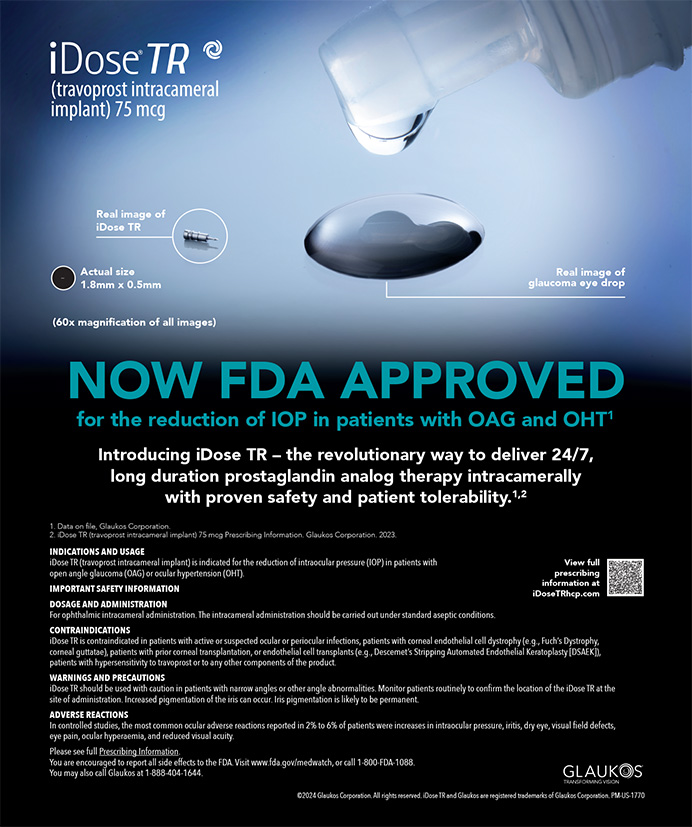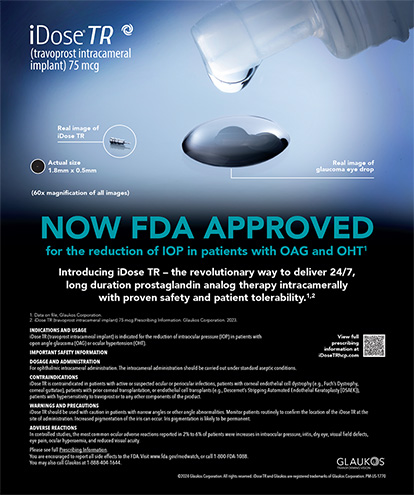
The field of ophthalmology is experiencing rapid innovation. A robust pipeline of new devices, pharmaceuticals, lasers, techniques, and implants is pushing ophthalmologists toward the aspirational goal of delivering to our patients perfect vision over a lifetime. This remarkable progress requires us to navigate a complex relationship with industry judiciously to safeguard our patients and practices.
There is a cost to being at the leading edge of innovation. Some FDA-approved products fall short in practice, possibly to the detriment of patients. We have seen this phenomenon occur with refractive lasers, advanced technology IOLs, MIGS devices, and corneal inlays, among other offerings. Real-world application can reveal the limitations of an innovative product or technique for which preliminary data were encouraging and that received regulatory endorsements. Sometimes, the precipitous rise and fall are fueled by aggressive marketing and unverified performance claims. At others, the emphasis is on financial incentives for surgeons rather than clinical outcomes and patient care. There are instances when products have been rushed to market before being thoroughly vetted owing to corporate pressure. When we promote at the podium emerging technologies whose readiness is debatable, we muddy the waters.
Embracing new technology is a daunting responsibility, especially when the product is used in elective procedures. If outcomes falter, the burden falls squarely on us surgeons.
It is neither necessary nor just to reproach industry for missteps that place us in challenging positions with our patients. Difficult as they may be, failures are indispensable to progress. Many of us who collaborate closely with industry colleagues recognize their intelligence, compassion, and commitment—qualities that largely align with our professional objectives.
Leaders in our field, both surgeons and industry members, draw from experience to mitigate future challenges. We must prioritize patient outcomes and experiences, with the understanding that financial success and personal achievements will follow.




